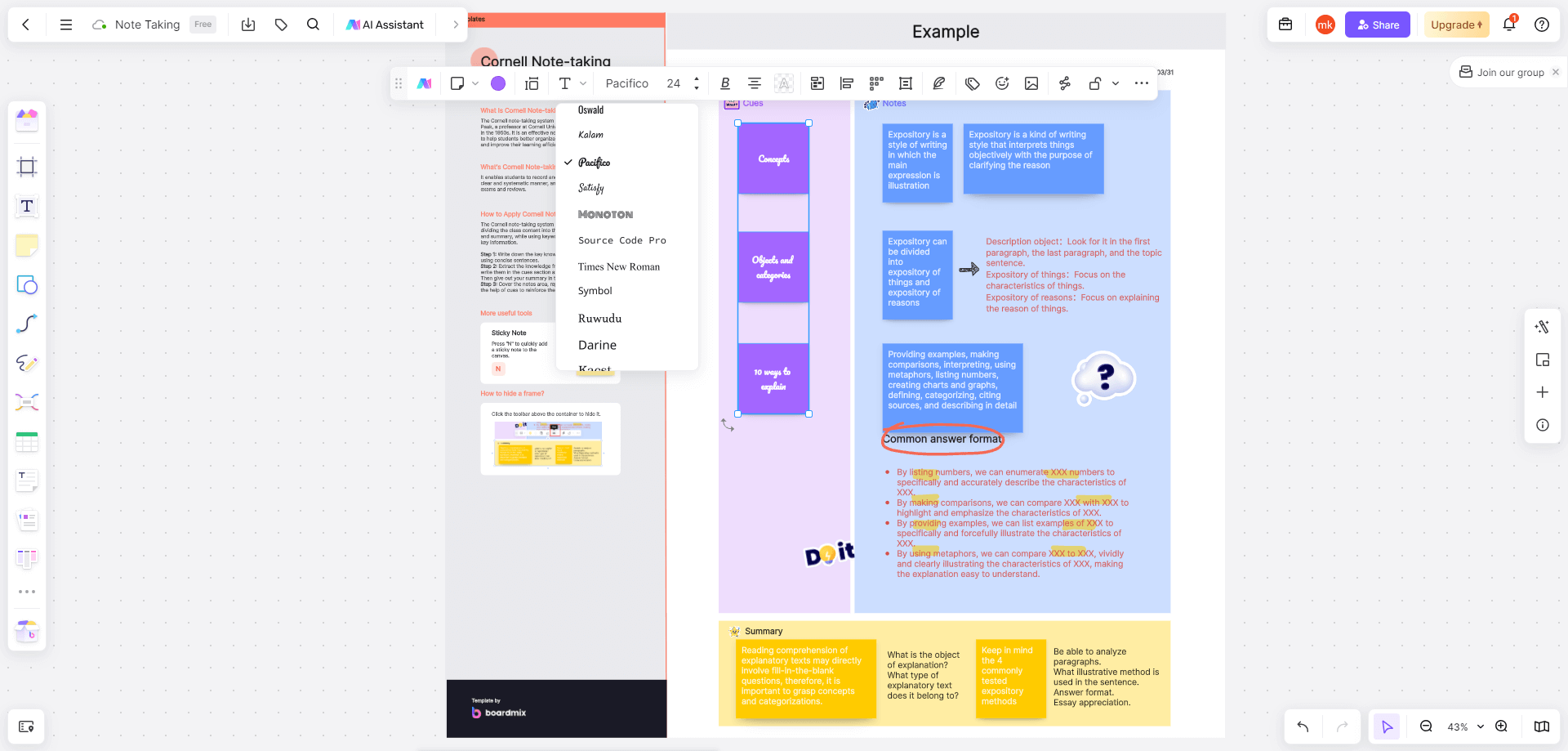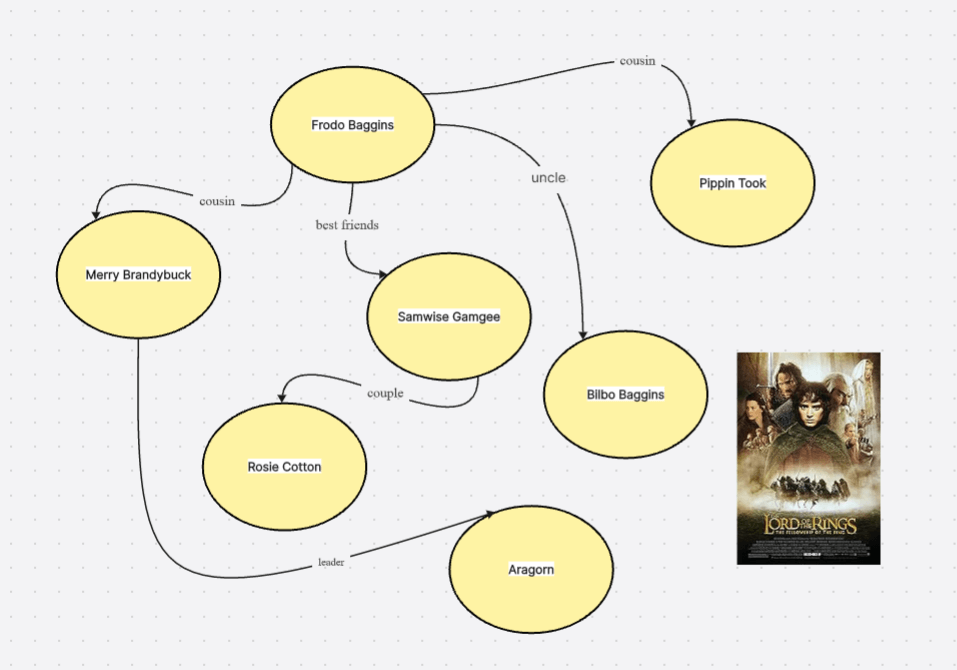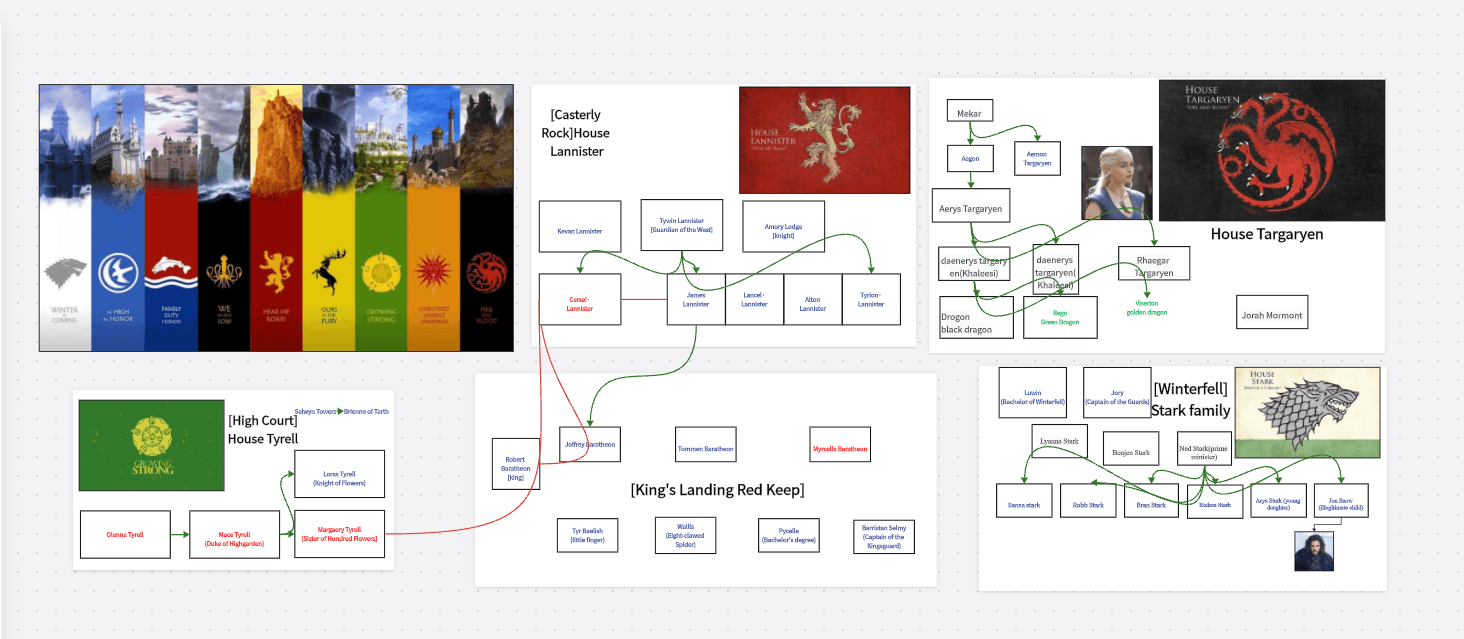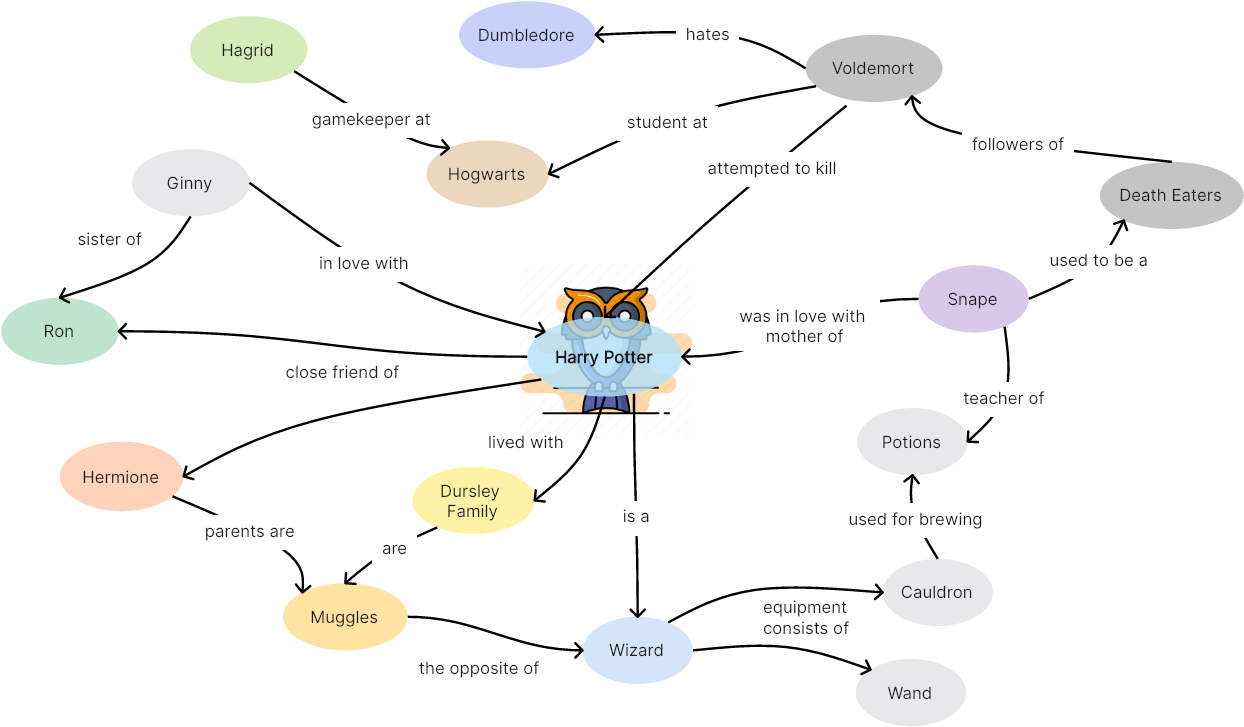In the realm of storytelling, whether it's for novels, films, or video games, one of the most critical elements is the development of well-rounded and engaging characters. A character profile is a detailed blueprint that outlines the various aspects of a character's personality, background, and motivations.
This article will delve into what a character profile is, why it's essential, and provide a step-by-step guide on how to create one that is both compelling and search engine friendly.
What is a Character Profile?
A character profile is a document or a set of notes that contain comprehensive information about a character. It serves as a reference point for writers, helping them to maintain consistency and depth throughout their narrative. This profile includes physical descriptions, psychological traits, personal history, relationships, and other elements that define the character's essence.
Why Create a Character Profile?
Creating a character profile is beneficial for several reasons:
1. Consistency: It ensures that a character's traits and behaviors remain consistent throughout the story.
2. Depth: It helps in creating multi-dimensional characters with complex motivations and emotions.
3. Development: It aids in the character's growth and evolution over the course of the narrative.
4. Connection: It facilitates a stronger connection between the character and the audience.
5. Collaboration: In team projects, it provides a clear understanding of each character for all involved parties.
How to Create a Character Profile?
Creating an effective character profile involves several steps that can be tailored to fit the needs of the story and the character. Here's a detailed guide:
1. Basic Information:
- Name: The character's full name and any aliases.
- Age: The character's age and how it influences their perspective.
- Physical Description: Height, weight, distinguishing features, and attire.
2. Background:
- Early Life: The character's upbringing and family history.
- Education: The character's learning experiences and how they shaped their worldview.
- Career: The character's professional journey and accomplishments.
3. Personality Traits:
- Strengths: Positive attributes that define the character.
- Weaknesses: Negative traits that create conflict or growth opportunities.
- Values: Core beliefs that guide the character's actions.
4. Motivations and Goals:
- Desires: What the character wants to achieve, both short-term and long-term.
- Fear: What the character is afraid of, which can be a driving force behind their actions.
5. Relationships:

- Family: The character's family dynamics and how they impact the character.
- Friends: The character's friendships and the support they provide.
- Enemies: Rivalries or conflicts that add tension to the story.
6. Conflicts:
- Internal: The character's internal struggles and how they cope with them.
- External: The challenges the character faces from the external world.
7. Development:

- Arc: The character's journey and how they change over time.
- Decisions: Key decisions the character makes and their consequences.
8. Unique Quirks:
- Habits: Unique habits or mannerisms that make the character memorable.
- Tics: Any physical or verbal tics that reveal more about the character's nature.
9. Visual Representation:
- Images: Sketches or photographs that help visualize the character.
- Mood Boards: A collection of images, colors, and themes that represent the character.
10. Voice and Dialogue:
- Speech Patterns: The way the character speaks, including dialect, slang, or formal language.
- Writing Style: The tone and style of the character's dialogue.
Boardmix: Your Online Whiteboard for Character Profile Creation
Boardmix is an online whiteboard that is suitable for creating in-depth character profiles. In Boardmix, the character creation isn't limited to paper or word processors. Here you can visualize your characters, draw them, connect their relationships and backgrounds visually, and see them come alive.
Features of Creating Character Profile on Boardmix
1. Visualize Your Characters
Sketch out your characters right on the board. You can illustrate their physical features, their attire, their emotions, or anything else you find defining about them. Don't worry if you're not an artist; even simple sketches can go a long way in visualizing your characters.
2. Map Out Relationships

Boardmix allows you to visually map out the relationships between different characters. Draw lines connecting characters who have a relationship and annotate the lines with the nature of their relationship.
3. Illustrate Backstories
Draw out pivotal moments from your characters' backstories. Illustrating these moments can help cement them in your mind and make the backstory feel more real and cohesive.
4. Display Key Traits
Use text boxes to jot down important personality traits, strengths, weaknesses, hobbies, and other vital information about your characters.
5. Connect Character Arcs
Create a visual path of your character's development throughout the story. Use arrows and milestones to indicate significant turning points or changes in their arc.
6. Sync Across Devices
Your character boards are saved online and can be accessed from any device with an internet connection, ensuring that you can work on your character profiles whenever inspiration strikes.
7. Collaborate in Real Time
You can invite others to view or edit your boards, allowing for real-time collaboration. This feature is particularly useful if you're working on a story with co-authors or if you want feedback from others.
Steps to Create Character Profile on Boardmix
Boardmix's online whiteboard provides the ideal environment for creating robust and comprehensive character profiles. A character profile template can guide you through the process, ensuring that you don't miss any critical details. Here's a step-by-step guide:
1. Choose a Character Profile Template
Start by selecting a character profile template. This can be a pre-existing one provided by Boardmix or one you have created yourself. The template should include sections for basic information, physical description, personality traits, relationships, backstory, current life, and future goals.
2. Fill in the Basic Information
In the allocated section, add the basic details of your character. Use text boxes to jot down their full name, age, gender, birthplace, current residence, and occupation.
3. Sketch the Physical Appearance
Use the drawing tools to sketch your character's physical appearance. Draw their face and body and color them accordingly. Also, write down their height, weight, eye color, hair color and style, and any distinctive features in a text box next to your sketch.
4. Describe the Personality Traits
Next to your sketch or in a new text box, jot down the personality traits of your character. Include their strengths, weaknesses, fears or phobias, hobbies and interests, and skills or talents.
5. Illustrate Relationships

Using arrows or lines, visually represent your character's relationships with others in your story. Write a brief note next to each line describing the relationship.
6. Craft the Backstory
Create another text box for the backstory of your character. Write about their education level, significant life events, formative experiences, and family background. Consider adding sketches or symbols to represent crucial elements of the backstory.
7. Detail Current Life
In a separate section, provide information about your character's present life including their living situation, career situation, relationship status, and daily routine.
8. Plan for Future Goals
In the final section of your template, outline your character's immediate and long-term goals, what motivates them to achieve these goals and the conflicts or obstacles they might face.
9. Review and Save
Once you have filled in all sections of the template, review it to ensure all information is accurate and complete. Make any necessary adjustments and then save your board.
10. Share, Collaborate and Export
If you want feedback or are co-writing a story, share your character profile with others. They can view or edit the board in real time. You can also export it in various format such as Word, PDF, PNG and more.
Using a template on Boardmix streamlines the process of creating a character profile by prompting you to consider each aspect of your character's life in detail. The blend of visuals and text creates an engaging and immersive character creation experience.
Tips for Creating a Compelling Character Profile
Creating a compelling character profile can be the difference between creating characters that are flat and forgettable, and characters that feel like real people. Below are some helpful tips to help you create in-depth character profiles.

1. Start with the Basics
Start with simple details such as their full name, age, gender, birthplace, current residence, and occupation. These basic details form the foundation of your character.
2. Build a Physical Profile
Describe your character's physical attributes including their height, weight, eye color, hair color and style, and body type. Include any distinctive features like scars, birthmarks, or tattoos. Remember, these physical features can hint at the character's past or personality.
3. Develop Their Personality
Detail out your character's personality traits, their strengths, weaknesses, fears or phobias, hobbies and interests, skills or talents. These attributes contribute greatly to who your character is at their core.
4. Understand Their Relationships
Character relationships can often drive the plot of your story. Detail out significant relationships both past and present, familial relationships, and friendships. Don't just include who these relationships are with, but also the dynamics within these relationships.
5. Consider Their Backstory
Every character should have a backstory that explains how they became who they are now. Detail out their education level, important life events, formative experiences, and family background. A well-crafted backstory adds depth to your characters.
6. Dive into Their Current Life
Describe your character's current living situation, career situation, relationship status, and even their daily routine. These details can provide valuable insight into the life of your character.
7. Plan Their Future
Character growth is an essential part of storytelling. Outline your character's immediate goals (what they want in the next chapter of your story), long-term goals (what they want by the end of your story), motivations (why they want these things), and the conflicts or obstacles that stand in their way.
Creating compelling character profiles can be time-consuming, but it's an investment that pays off. The more work you put into understanding your characters, the more realistic and engaging they will be.
Conclusion
Creating a character profile is an essential step in the storytelling process. It provides a solid foundation for character development and ensures that the characters in your story are rich, believable, and engaging. By following the steps outlined above, you can craft character profiles that will resonate with your audience and enhance the overall quality of your narrative.
Boardmix's flexibility makes it an ideal tool for creating character profiles. It moves beyond traditional text-based profiles and embraces the power of visualization in understanding and developing your characters. No matter where you are in your writing process - whether you're brainstorming, drafting, or revising - Boardmix offers a dynamic way to bring your characters to life.













